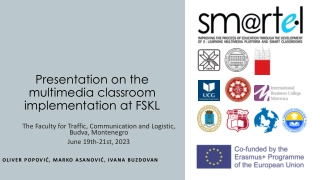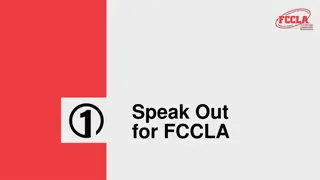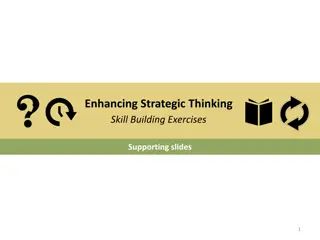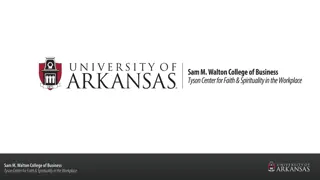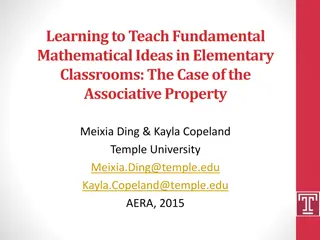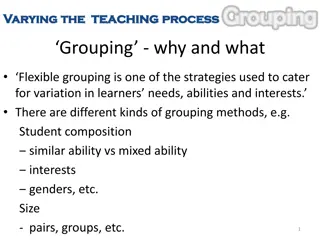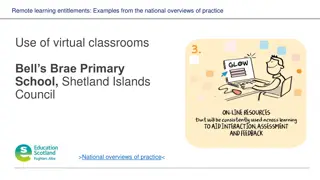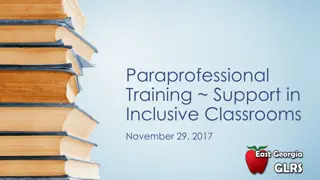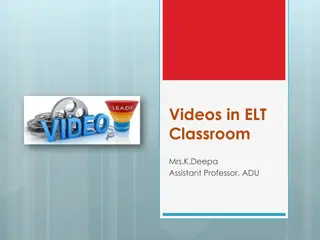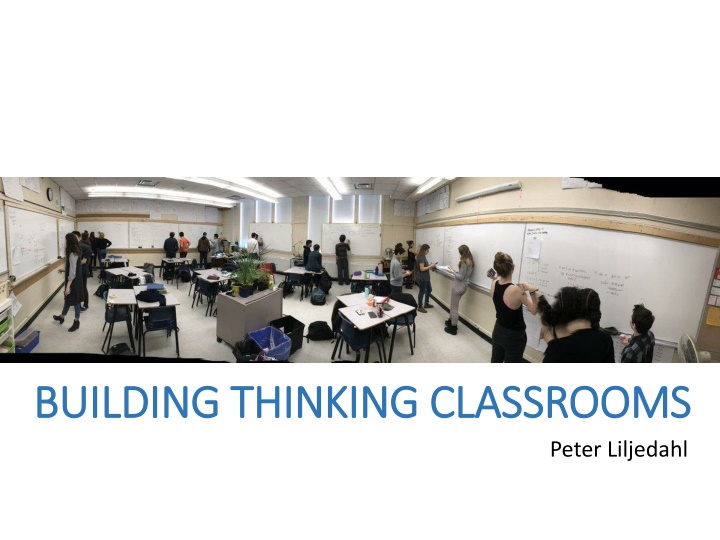
Empowering Critical Thinking in Mathematics Classrooms
Explore the pedagogical strategies of Peter Liljedahl in "Building Thinking Classrooms," emphasizing student engagement and problem-solving skills. Dive into the transformation of teaching practices, focusing on enhancing students' ability to think critically and solve mathematical problems effectively.
Download Presentation

Please find below an Image/Link to download the presentation.
The content on the website is provided AS IS for your information and personal use only. It may not be sold, licensed, or shared on other websites without obtaining consent from the author. If you encounter any issues during the download, it is possible that the publisher has removed the file from their server.
You are allowed to download the files provided on this website for personal or commercial use, subject to the condition that they are used lawfully. All files are the property of their respective owners.
The content on the website is provided AS IS for your information and personal use only. It may not be sold, licensed, or shared on other websites without obtaining consent from the author.
E N D
Presentation Transcript
BUILDING THINKING CLASSROOMS BUILDING THINKING CLASSROOMS Peter Liljedahl
www.peterliljedahl.com/presentations liljedahl@sfu.ca @pgliljedahl
Liljedahl, P. (2014). The affordances of using visibly random groups in a mathematics classroom. In Y. Li, E. Silver, & S. Li (eds.), Transforming Mathematics Instruction: Multiple Approaches and Practices. (pp. 127-144). New York, NY: Springer. Liljedahl, P. (2016). Building thinking classrooms: Conditions for problem solving. In P. Felmer, J. Kilpatrick, & E. Pekhonen (eds.), Posing and Solving Mathematical Problems: Advances and New Perspectives. (pp. 361-386). New York, NY: Springer. Liljedahl, P. (2016). Flow: A Framework for Discussing Teaching. Proceedings of the 40th Conference of the International Group for the Psychology of Mathematics Education, Szeged, Hungary. Liljedahl, P. (2017). Building Thinking Classrooms: A Story of Teacher Professional Development. The 1st International Forum on Professional Development for Teachers. Seoul, Korea. Liljedahl, P. (in press). On the edges of flow: Student problem solving behavior. In S. Carreira, N. Amado, & K. Jones (eds.), Broadening the scope of research on mathematical problem solving: A focus on technology, creativity and affect. New York, NY: Springer. Liljedahl, P. (in press). On the edges of flow: Student engagement in problem solving. Proceedings of the 10th Congress of the European Society for Research in Mathematics Education. Dublin, Ireland. Liljedahl, P. (in press). Building thinking classrooms. In A. Kajander, J. Holm, & E. Chernoff (eds.) Teaching and learning secondary school mathematics: Canadian perspectives in an international context. New York, NY: Springer.
If 6 cats can kill 6 rats in 6 minutes, how many cats are required to kill 100 rats in 50 minutes? - Lewis Carroll
If 6 cats can kill 6 rats in 6 minutes, how many cats are required to kill 100 rats in 50 minutes? DISASTER! - Lewis Carroll
Students are not thinking! TWO REALIZATIONS! TWO REALIZATIONS! Jane was planning her teaching on the assumption that students either cannot or will not think.
Students are not thinking! THREE REALIZATIONS! THREE REALIZATIONS! Teachers are planning their teaching on the assumption that students either cannot or will not think.
Students are not thinking! THREE REALIZATIONS! THREE REALIZATIONS! Teachers are planning their teaching on the assumption that students either cannot or will not think.
VARIABLE problems how we give the problem how we answer questions room organization how groups are formed student work space autonomy how we give notes hints and extensions how we level assessment
VARIABLE POSITIVE EFFECT problems begin with good problems how we give the problem oral vs. written how we answer questions 3 types of questions room organization defront the room how groups are formed visibly random groups student work space vertical non-permanent surfaces autonomy create space and push them into it how we give notes use mindful notes hints and extensions managing flow how we level level to the bottom assessment 4 purposes
HIERARCHY OF IMPLEMENTATION
begin with good problems use vertical non- permanent surfaces form visibly random groups
THANK YOU! liljedahl@sfu.ca www.peterliljedahl.com/presentations @pgliljedahl | #vnps | #thinkingclassroom Global Math Department

